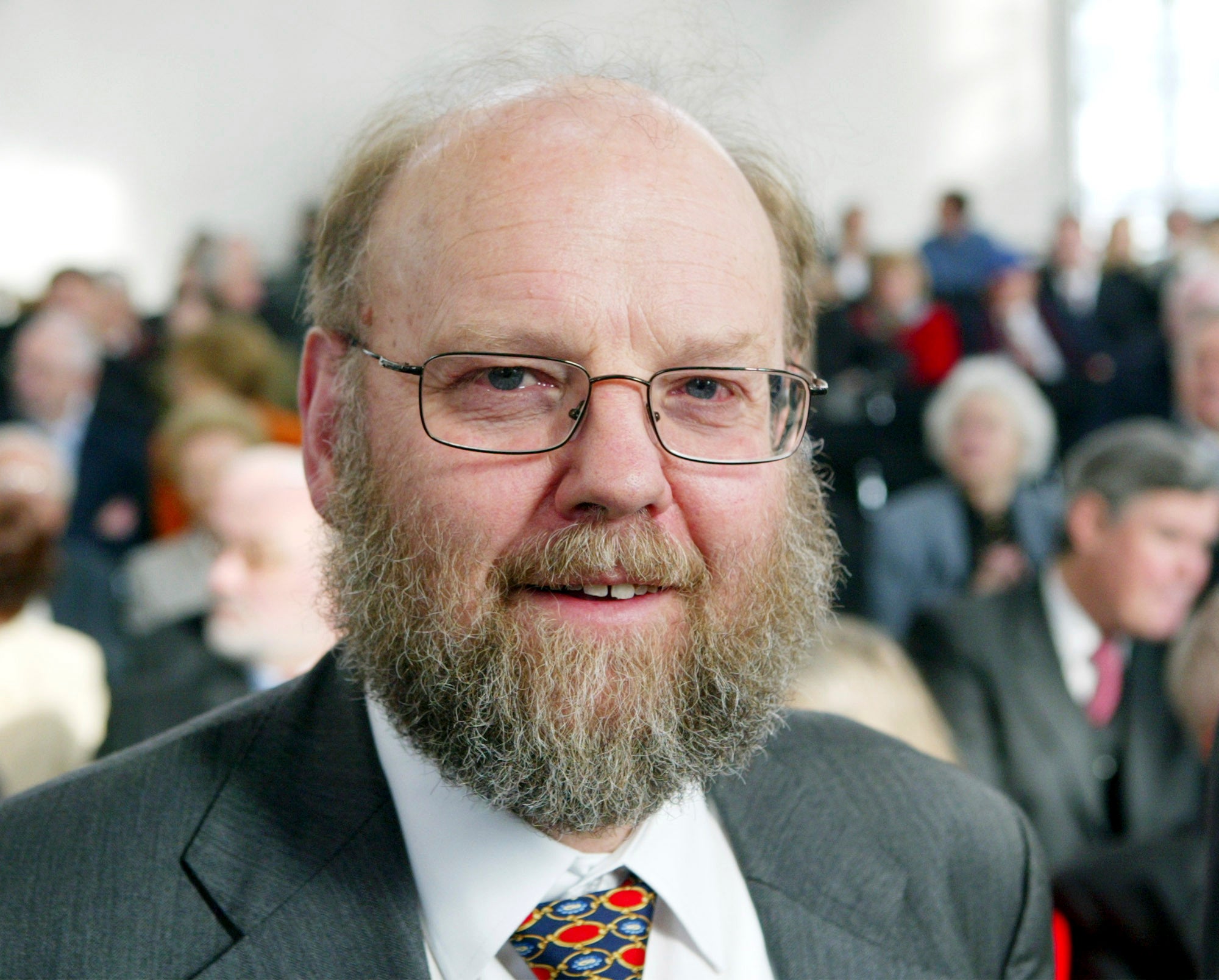Ian Wilmut, a British scientist who led the team that cloned Dolly the Sheep, dies at age 79
The British scientist who led the team that cloned Dolly the Sheep in 1996 has died at age 79

Your support helps us to tell the story
From reproductive rights to climate change to Big Tech, The Independent is on the ground when the story is developing. Whether it's investigating the financials of Elon Musk's pro-Trump PAC or producing our latest documentary, 'The A Word', which shines a light on the American women fighting for reproductive rights, we know how important it is to parse out the facts from the messaging.
At such a critical moment in US history, we need reporters on the ground. Your donation allows us to keep sending journalists to speak to both sides of the story.
The Independent is trusted by Americans across the entire political spectrum. And unlike many other quality news outlets, we choose not to lock Americans out of our reporting and analysis with paywalls. We believe quality journalism should be available to everyone, paid for by those who can afford it.
Your support makes all the difference.Ian Wilmut, the cloning pioneer whose work was critical to the creation of Dolly the Sheep in 1996, has died, the University of Edinburgh in Scotland said Monday. He was 79.
Wilmut set off a global discussion about the ethics of cloning when he announced that his team at the university's Roslin Institute for animal biosciences had cloned Dolly using the nucleus of a cell from an adult sheep.
It marked the first time that a genetically identical mammal was created from an adult cell and spurred questions about the potential cloning of humans.
Wilmut later focused on using cloning techniques to make stem cells that could be used in regenerative medicine.
“With the sad news today of Ian Wilmut’s passing, science has lost a household name,’’ Bruce Whitelaw, the director of the Roslin Institute, said. “Ian led the research team that produced the first cloned mammal in Dolly. This animal has had such a positive impact on how society engages with science, and how scientists engage with society.’’
Subscribe to Independent Premium to bookmark this article
Want to bookmark your favourite articles and stories to read or reference later? Start your Independent Premium subscription today.